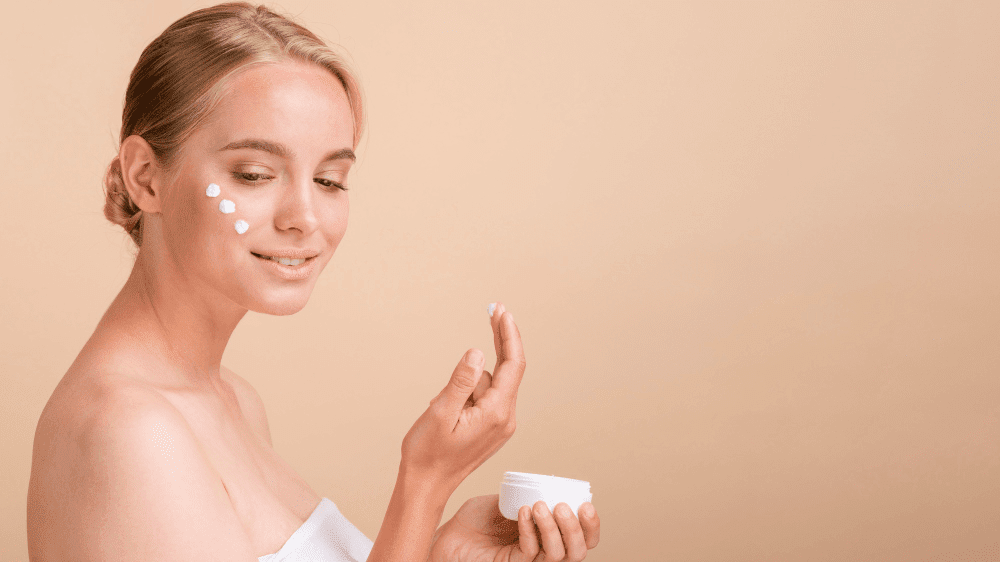Myristic acid is a plant factor that has gained importance in the cosmetic industry. Thanks to its properties, it improves the texture of pores and skin and keeps it well hydrated. This saturated fatty acid is normally found in animal and vegetable fats along with coconut oil and cocoa butter. The use of this saturated fatty acid in cosmetic products stems from its unique properties and the benefits it can provide to the skin.
What is the role of myristic acid in cosmetics?
Myristic fatty acid normally acts as an emollient and emulsifier in cosmetic products. Emollients are ingredients that help dissolve and moisturize the skin, while emulsifiers allow oil and water-based substances to blend together homogeneously. This is important in the formulation of lotions and different skin products because it improves the texture and experience of the pores and skin.
In addition, myristic fatty acids can help improve the stability of cosmetic products and prevent them from sequestering over time. Its chemical structure allows it to adhere to the pores and skin, providing a light feel and leaving a silky finish.
Effects of myristic acid on pores and skin
Myristic acid offers more than one benefit to the skin, which is why it is a valuable ingredient in cosmetics. Some of its super benefits include:
- Hydration: By acting as an emollient, myristic acid allows moisture to be retained in the pores and skin, which is essential to maintain its elasticity and avoid dryness.
- Smoothness: Helps the skin to be softer and smoother, and improves skin texture.
- Anti-inflammatory properties: Myristic fatty acid has been found to have anti-inflammatory effects that are beneficial for people with sensitive skin or conditions including acne.
- Increased penetration of various substances: This fatty acid can increase the absorption of various energy components in formulations, resulting in improved efficacy of cosmetic goods.
Properties of myristic acid for the face
When used in facial care goods, myristic acid can additionally offer specific residences that make it suitable for different skin types. Some of these houses include:
- Oil balance: Although it is a saturated fatty acid, its composition can help stabilize sebum production inside the pores and skin, which is important for people with oily or acne-prone skin.
- Non-comedogenic: Although it is a fatty acid, myristic fatty acid has a low probability of clogging pores, making it suitable for use in facial products.
- Skin conditioner: In addition to its hydrating properties, it acts as a conditioner that leaves pores and skin soft and healthy-looking.
Cosmetics containing myristic acid
Myristic acid appears in various cosmetic products. Some of the types of products that could contain this ingredient are:
- Moisturizers: Many face and body lotions contain myristic acid, which improves hydration and softness.
- Body lotions: used in creams that try to offer a smooth feel and improve pores and skin texture.
- Soaps and cleansers: Some soaps and facial cleansers contain myristic fatty acid for its emollient properties.
- Make-up: Also intended in foundations and other make-up products, where it allows to creation of a smooth texture and improves applicability.
- Hair Products: In several cases, it is used in conditioners and hair care products because it can offer hydration and softness.
What skin type is myristic acid good for?
Dry skin
Myristic fatty acid is particularly beneficial for dry pores and skin because of its emollient properties. It works by creating a barrier in the pores and on the surface of the skin that allows it to retain moisture and stops dehydration. This is important for keeping the pores and skin smooth and supple as it reduces the appearance of flakes or roughness.
Sensitive skin
People with sensitive skin are often extremely vulnerable to infection, redness, or hypersensitivity reactions. Myristic acid has anti-inflammatory properties that can help soothe and reduce inflammation in the skin. Its gentle nature makes it a suitable candidate for products designed for sensitive pores and skin. Additionally, because it is a natural component determined in many sources, it tends to be better tolerated through the pores and skin.
Mixed skin
Combination skin has areas that can be both dry and oily, which can be a problem when deciding on products. Myristic acid can be helpful in this context as it facilitates the balancing of sebum production. By applying it, you can help to hydrate dry areas without excess oil in already oily areas, resulting in better evenness of pores and skin texture.
Oily and sensitive skin
Although Myristic fatty acid is a saturated fatty acid, it is far from non-comedogenic, meaning it has a low risk of clogging pores. This is important for those with oily skin or who are prone to breakouts, as many skin care products can clog pores. In addition, it is suitable for this skin type thanks to its ability to soothe the skin and help with the balanced production of sebum.



